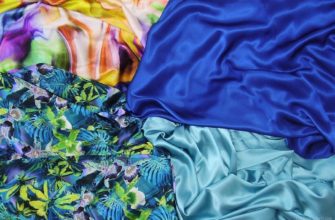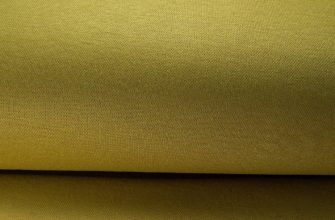In connection with the invention of synthetic materials, which were cheaper, easier to produce and had some very important properties compared to natural materials, people began to invent technologies for making all sorts of things from them: toys, bags, equipment and much more. The trend did not bypass clothing. Synthetics have firmly entered life.
Most clothes that people wear are made of synthetics or include them in their composition in various proportions. One of the first synthetic textile materials was crimplene. The article will tell you what crimplene fabric is, its history and application: both classical and modern, GOST fabrics, synthetic, general, technical conditions for storage and production.
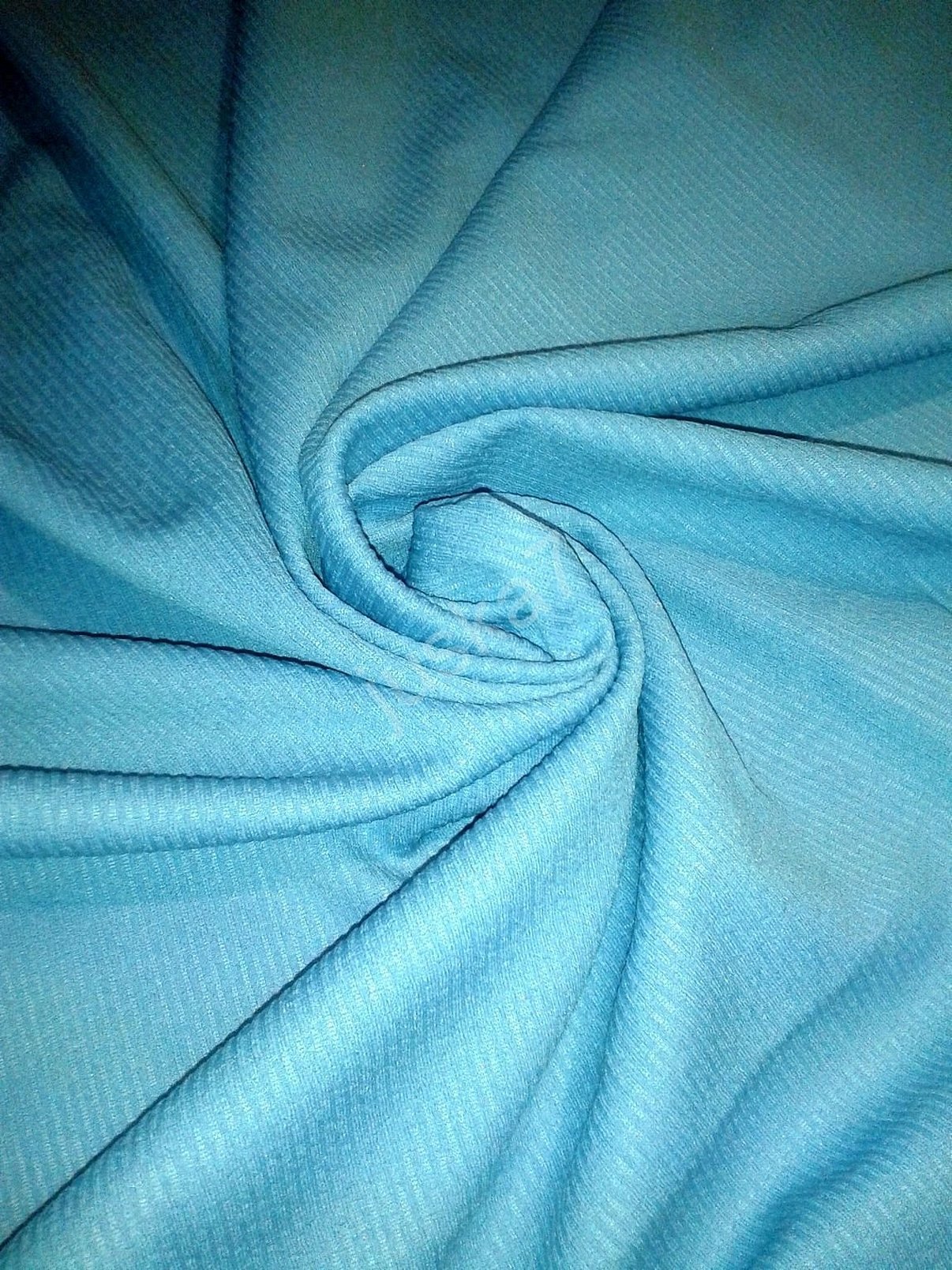
Crimplene is a fabric made from polyester threads.
Crimplene is an artificial fabric made from polyester fibers used to create yarn. It is a 100% synthetic fiber similar to wool. The British are considered to be the inventors of this fabric, since it was in Great Britain in 1946 that the technology for its production was first patented.
A raw material similar in quality and composition was synthesized in the USSR, although only by 1949. It was called lavsan and was initially used only in the defense industry. The unique properties of the material allowed it to go beyond military use and become a popular fabric for civilian clothing.
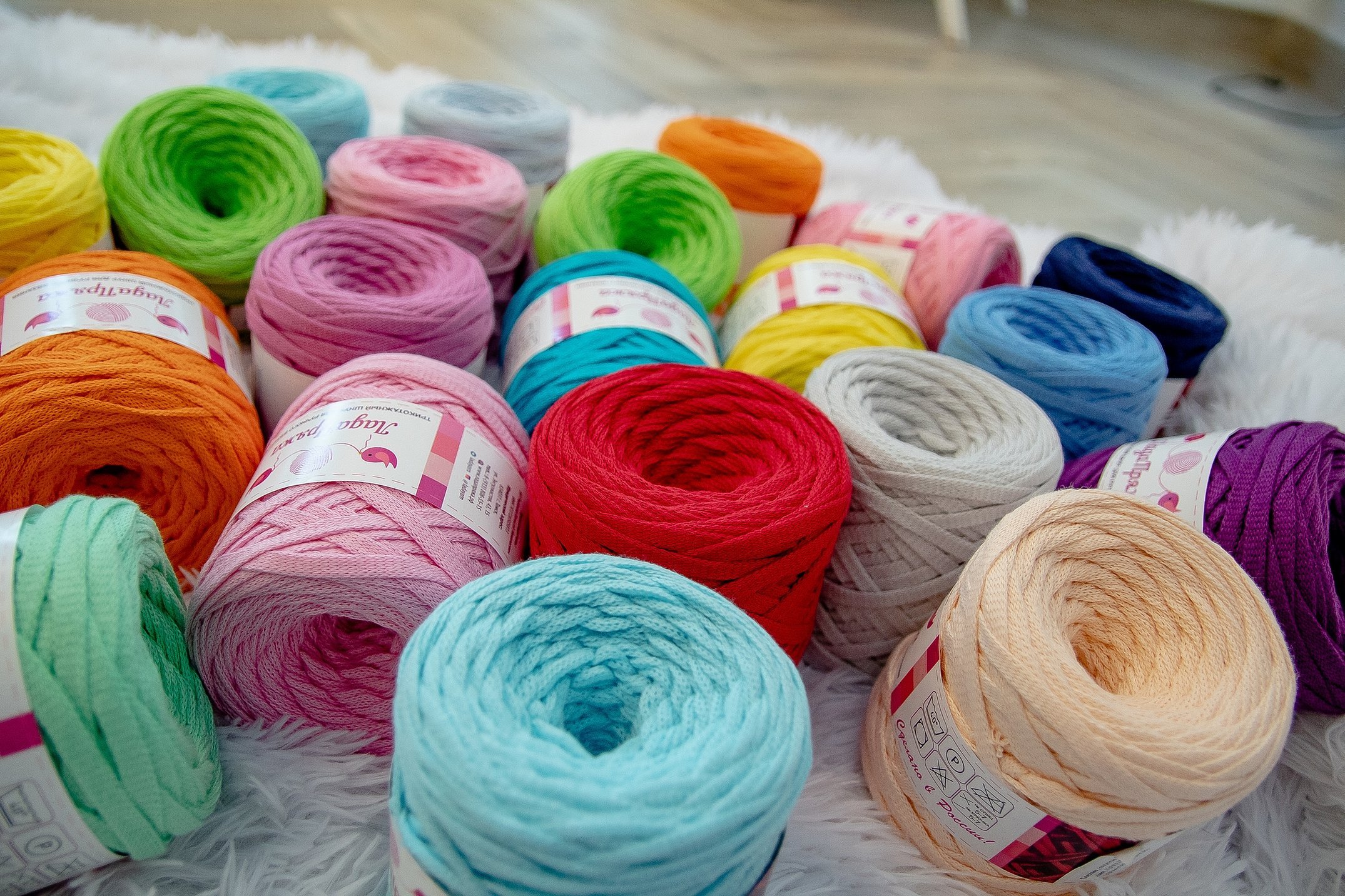
Important! The first synthetic fibers were obtained in 1734 in France, and their mass production began only in 1890 in the French city of Besançon. The fiber was based on cellulose ether.
Crimplene was first used for sewing clothes in the 50s in Europe. At that time, several products were presented to the public, but they remained unnoticed. The fabric caused a real sensation a little later, when at one of the fashion shows people did not notice a dress made of crimplene. A little later, this textile became available to everyone due to mass production and interest in synthetic materials.
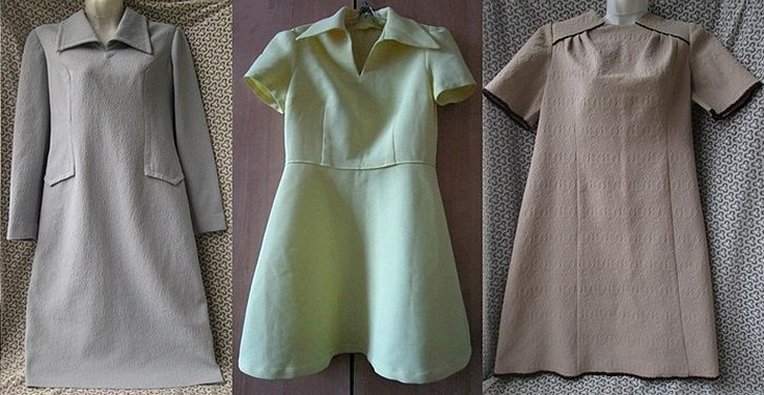
The real boom in the popularity of crimplene came in the 60s of the last century. People began to switch en masse to synthetics, considering it a real technical breakthrough and giving preference to "fresh" crimplene. This textile was used in the manufacture of:
- Clothes;
- Covered;
- Accessories;
- Decorative elements;
- Home textiles.
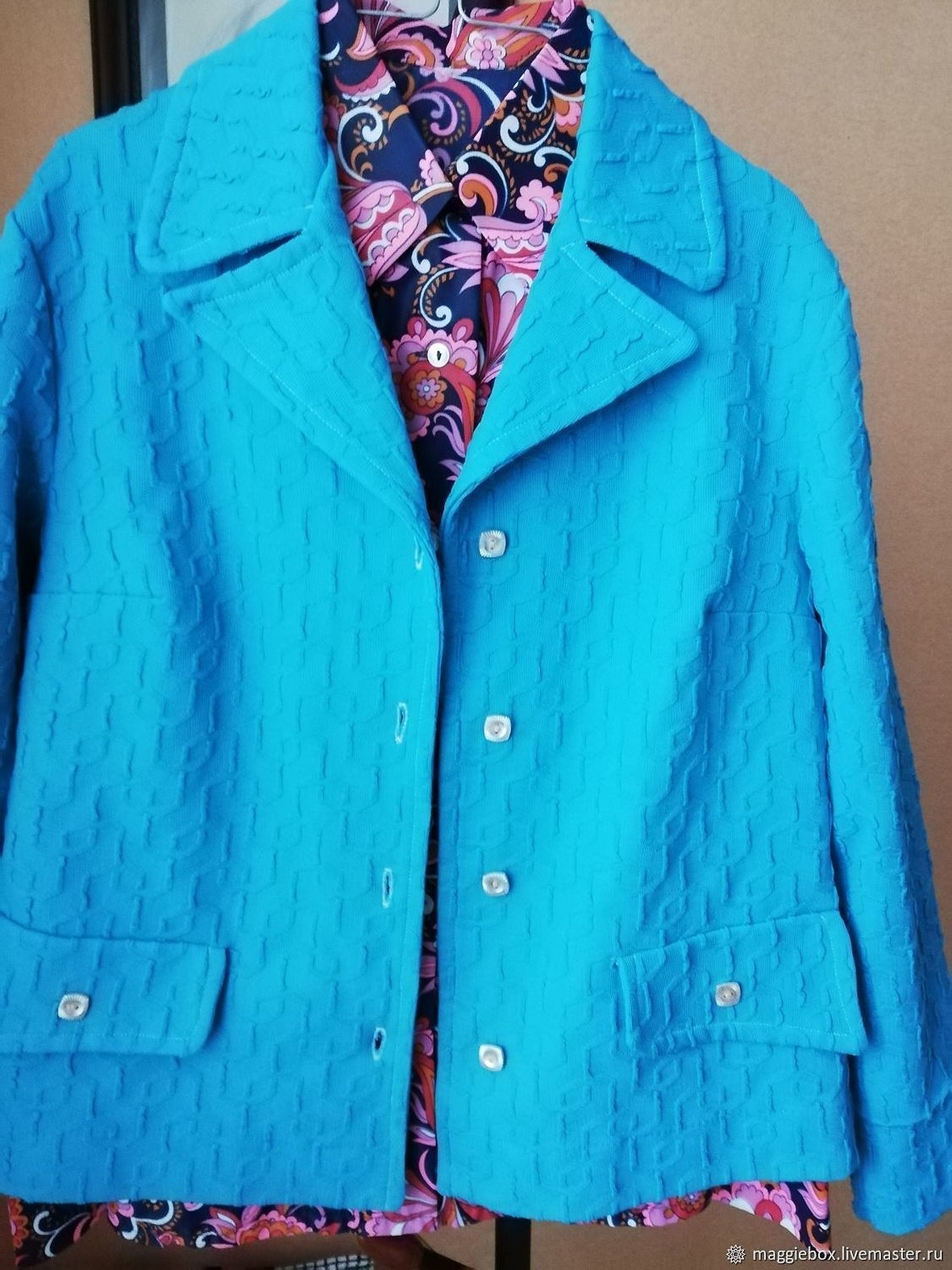
Important! Silk and satin were generally rejected at this time, as they were considered relics of the past, which were also very expensive. Instead, curtains, tablecloths and clothes made of crimplene began to appear everywhere. It could be dyed in any color and additionally decorated with patterns. Crimplene fabric, photos of which were on the covers of all fashion magazines, was at the peak of popularity.
All this expressed the fashion of that time, which needs to be discussed in more detail.
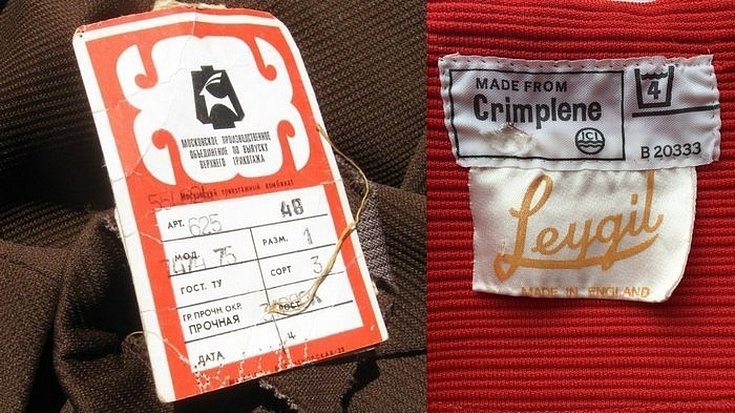
Fashion of the sixties
It was in the sixties of the last century that the widespread distribution and use of synthetic materials began, not only in the manufacture of household items and other things, but also clothing. The latter made such a strong impression on people of that time that its colors and roughness are still associated with the sixties.

Crimplen is a very practical material that does not require additional care in the form of ironing, as it does not wrinkle and has good density and the ability to retain shape. It was used to make:
- Dresses;
- Coat;
- Sundresses;
- Costumes;
- Blouses;
- Underwear.
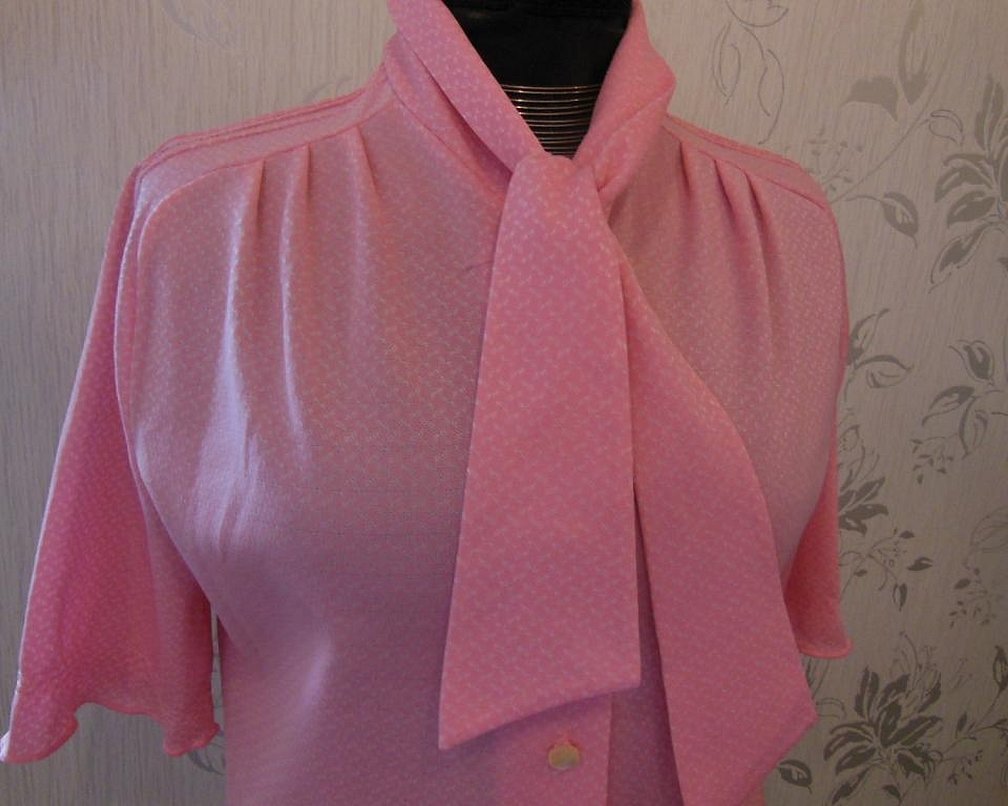
Important! Even bathing suits were made from crimplene. Despite its elasticity, it does not have good hygroscopic properties. Moreover, the material is rigid and electrostatic. This did not prevent it from being used even for such purposes. Fashion was above all else.
Even at that time, this textile was not for everyone, as it contributed to the development and activation of allergic reactions due to its synthetic nature and ability to accumulate dust. That is why it is strictly forbidden for allergy sufferers to wear.

In the CIS, which was then still the USSR, the fabric appeared in the late 60s, and its peak popularity came in the 70s. Despite its popularity, textiles of this type were in short supply, although it could be obtained, especially in large cities.
Women often dreamed of fashionable crimplene suits, but their cost even second-hand reached 300 rubles. Not everyone could afford this, because this amount was comparable to the average person's salary.
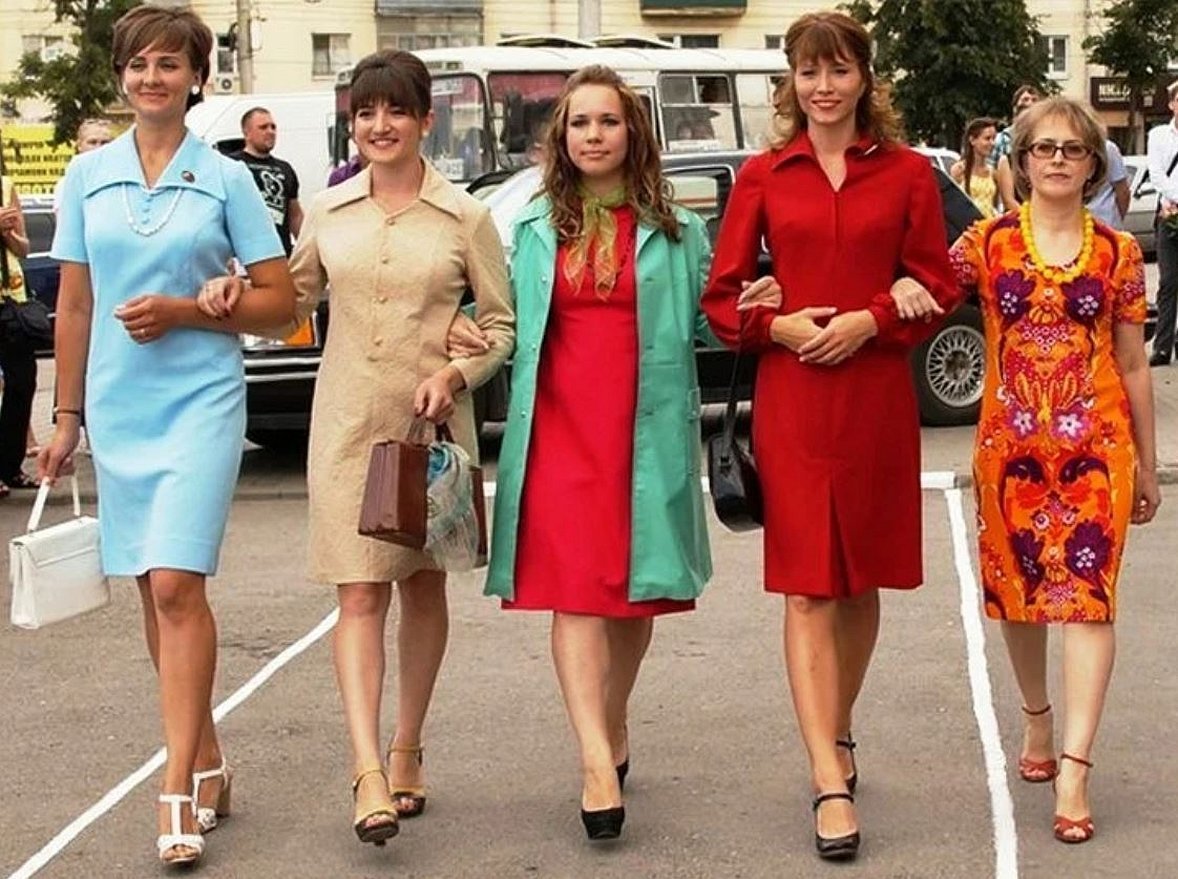
Crimplene clothing today
Today, clothes made of crimplene are much less common. The fashion has long since gone. Moreover, new, cheaper and more versatile types of materials have appeared. Despite this, although the technology for producing the fabric has not changed much, suits, skirts and dresses made of it still look stylish and retain their shape well. The fabric is quite warm and does not emit substances harmful to the body, although it can provoke allergies in certain people.
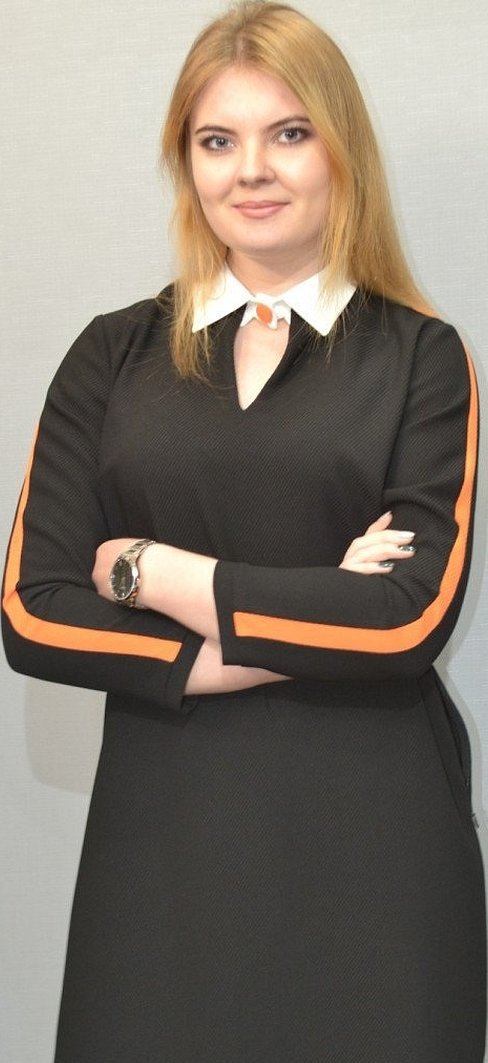
Important! Modern crimplene clothing is not without its drawbacks: it is, as it was at the beginning of its production, quite stiff, does not absorb moisture well and is highly electrified.
That is why, in hot weather, it is better to wear clothes made of cotton fabric or, at worst, viscose. Crimplene does not provide evaporation and poorly absorbs sweat, not removing it and not providing the body with coolness on hot days. In such clothes it is very hot and stuffy. The skin under prolonged exposure to moisture and sweat can get irritations and allergies.
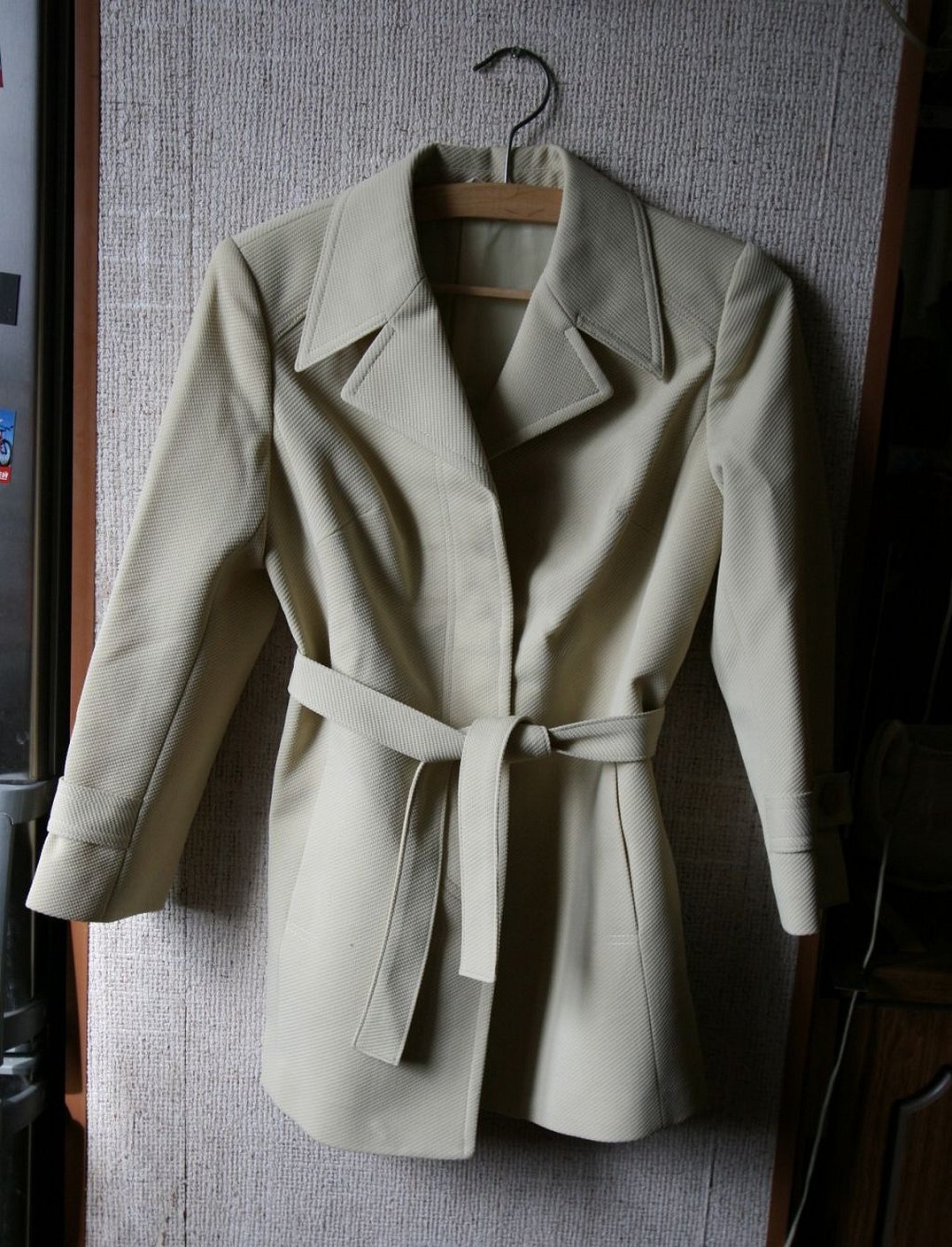
In cool and cold seasons, it is recommended to wear warm underwear under crimplene suits and dresses. It is worth noting that in the cold, the electrification of such fabric increases, but this is not a problem, since it can be solved with the help of antistatics.
Underwear and underwear are no longer made from this material, due to its rigidity and poor hygroscopicity. Its most popular modern use is sewing demi-season men's and women's coats.

If clothes made from this material in the sixties were characterized by medium and short length, simple silhouette, small trapezoid, deep neckline and narrow waist, then modern products are characterized by:
- High waist;
- With sewn-in corsets;
- All kinds of sections, for example, lace;
- Asymmetry of some details.
Important! The fabric itself, so beloved by many people, remains unchanged in the products. Modern material is dyed in bright colors, checkered, polka dots and flowers.
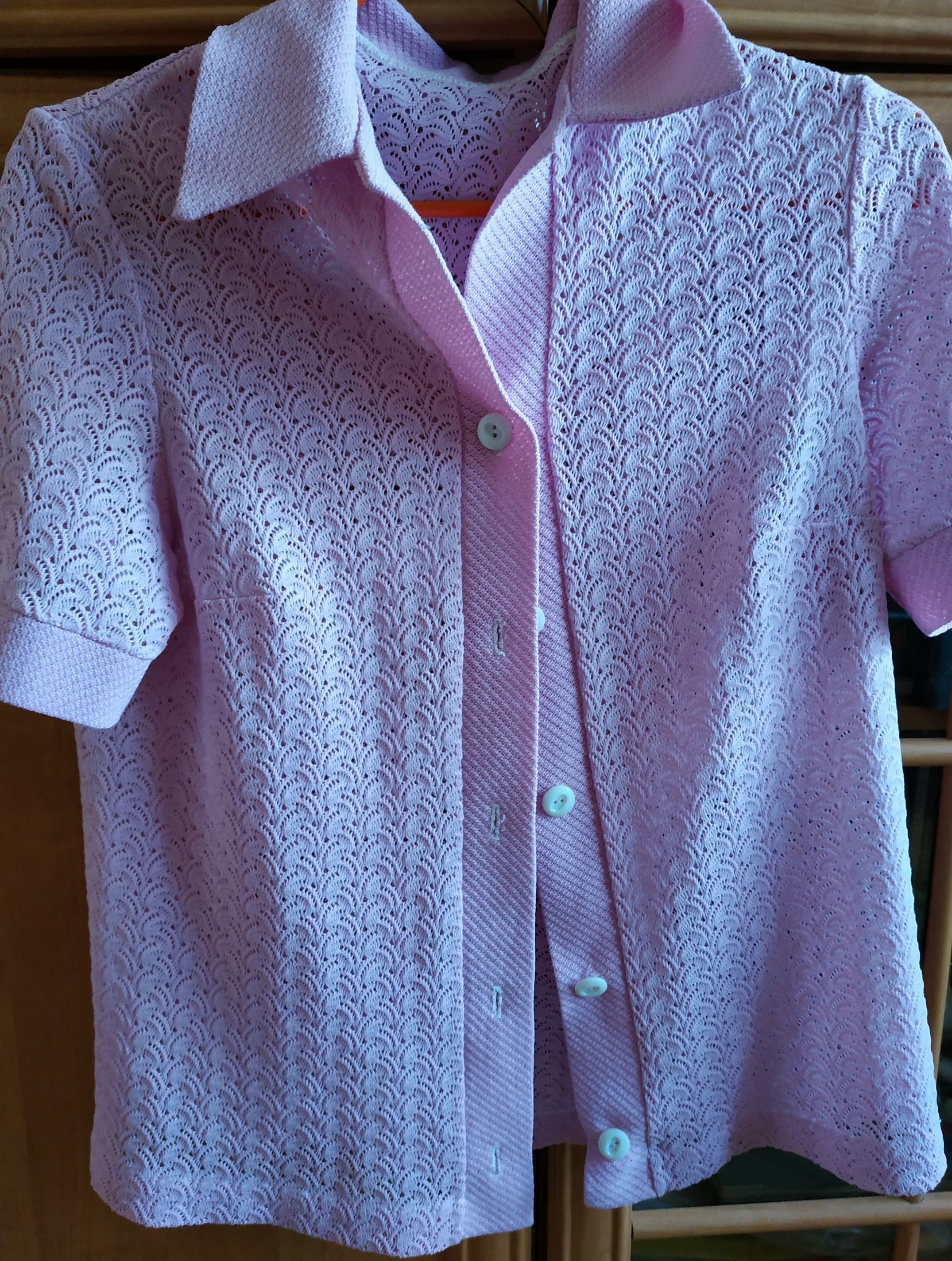
Manufacturing
Various polymers are used to make fabric. To create yarn from fibers, a method called "false twisting" is used. Fibers twisted in this way come out of spinning machines in such a way that they remain not only strong, thin and dense, but also gain volume.

After these actions, the threads are subjected to thermal action in other devices, which gives them such a property as softness, which makes them similar to woolen fabric or viscose to the touch and visually. Later, the threads are woven into fabric.
Nowadays, in addition to polyesters, crimplene is added with:
- Polyamide;
- Viscose;
- Elastane.

Depending on the further purpose, the produced fabric can be of different length, thickness and composition. Also, the purpose determines the surface of the front side of the material. It can be embossed or smooth. The relief is created based on the purpose of use, and can be in the form of a simple rib, patterns, curls, moire. This design gives the fabric charm and makes it easily recognizable.
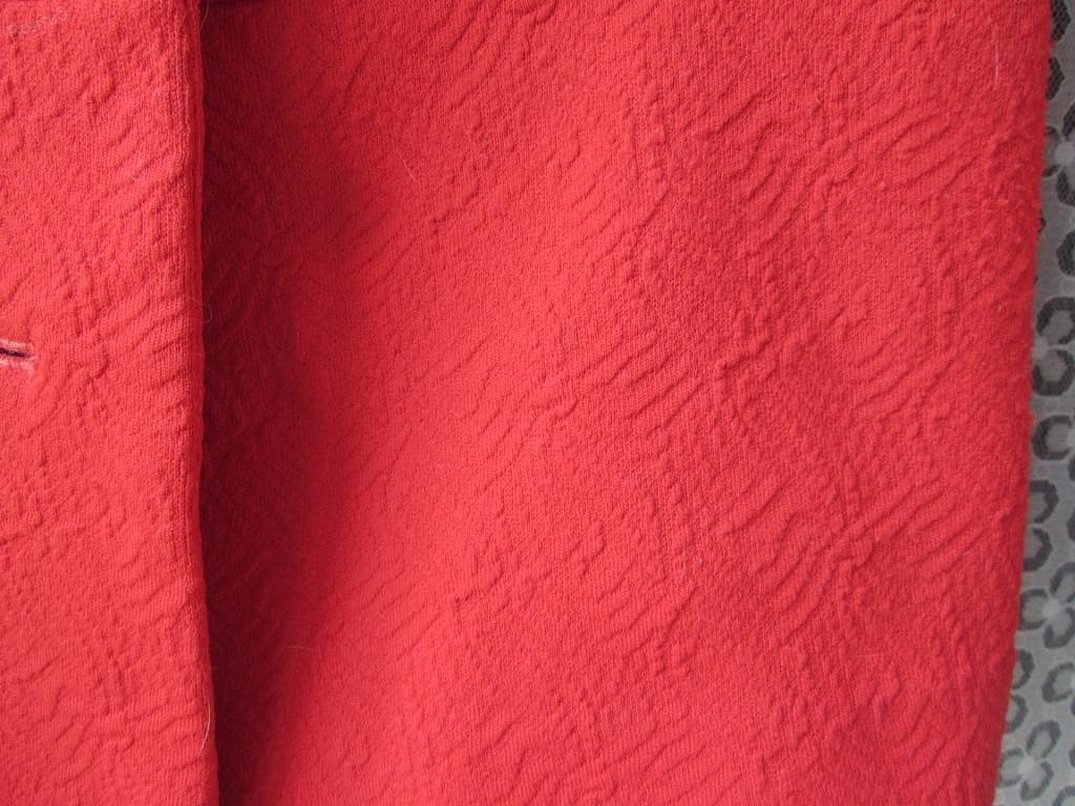
Important! The finished canvas can be painted in a single color, or can be of completely different shades. Manufacturers often use the option of manufacturing with colored printed patterns or prints, geometric patterns or a range of pastel colors.
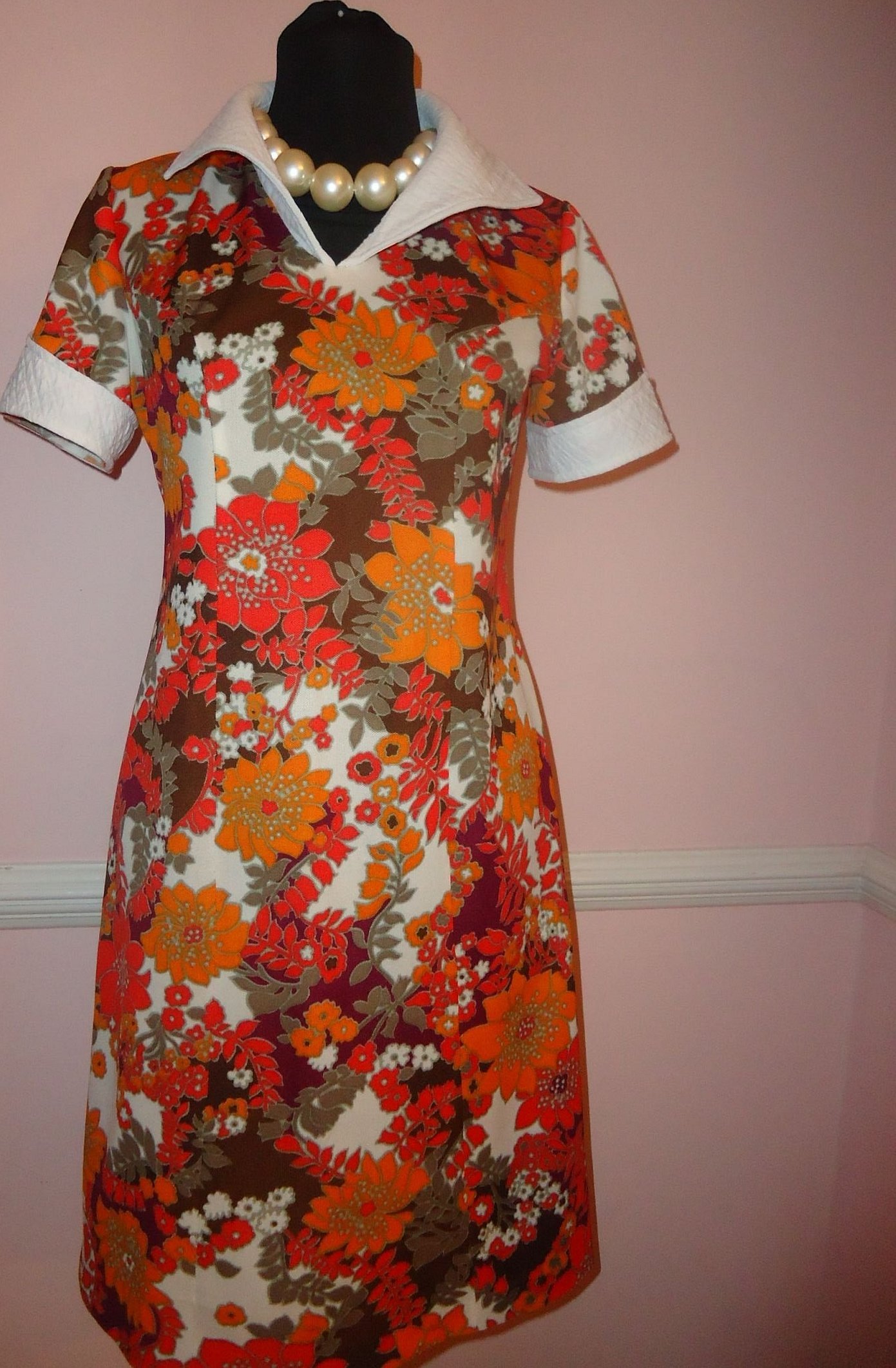
Advantages and disadvantages
Before talking about the care of the material, it is necessary to highlight its key properties that distinguish it from others. Among them:
- Wear resistance. Crimplene clothing retains almost its original appearance and can be worn for a long time;
- Almost complete lack of elasticity. The textile retains, but does not stretch;
- Low creasing. After prolonged wear or storage, items do not need to be ironed;
- Thermal conductivity. Retains body heat and does not let in cold;
- Easy to use. Items do not require special care;
- Easy removal of dirt, without the use of special means.

Important! Despite the fact that the fabric is easy to use and the clothes do not require careful care, there are some recommendations for the use of crimplene.
Material care
Textured polyester is the basis of crimplene, which has some special features. It requires appropriate care. Washing of such clothes should be done frequently. This is necessary because the items have increased electrification and attract dust, which contributes to increased contamination.

When washing, you can use almost any washing powder and soap. After the process, rinse the fabric well using plenty of water. In addition, the fabric can be dry-cleaned.
As for storage, it is better to store clothes horizontally on a hanger in the closet. However, they can also be stored folded, as they do not wrinkle.

Thus, although crimplene has become a thing of the past and does not enjoy the popularity it once enjoyed, it can still compete with modern fabrics due to its advantages. It is not without its disadvantages. At the peak of its popularity, no one attached much importance to them, but now, when there are cheaper and more practical materials, they have become obvious.


